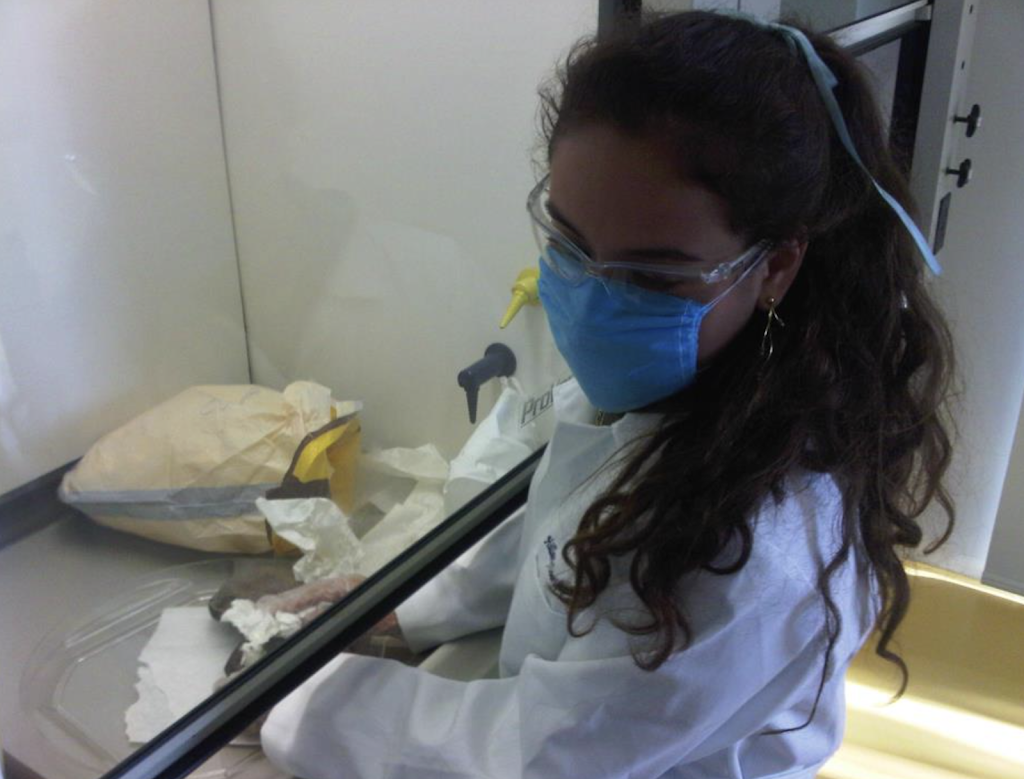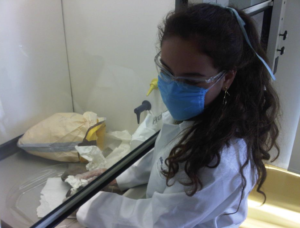The scientific method is a systematic approach to conducting research and solving problems. It is a process that is used by scientists to explore the natural world, to test hypotheses, and to develop theories.
The scientific method typically begins with the observation of a phenomenon or problem. This observation leads to the formation of a hypothesis, which is an educated guess or prediction about the phenomenon or problem. The hypothesis is then tested through experimentation or observation, and the results of the experiment are analyzed to determine whether the hypothesis is supported or rejected.
If the hypothesis is supported, it may be accepted as a scientific theory. A scientific theory is a well-supported and widely accepted explanation of a phenomenon or problem. However, even a widely accepted theory is always subject to further testing and refinement, as new evidence or observations may lead to new hypotheses and theories.
The scientific method is a critical tool for advancing our understanding of the world around us. It is a systematic and rigorous approach that helps to ensure that scientific research is objective and accurate. It also allows scientists to build upon the work of others, to develop new theories and technologies, and to make progress in addressing some of the most pressing challenges facing humanity.
The scientific method is not always a straightforward or linear process. It can involve many different steps, and it can require significant time, effort, and resources to complete. However, the scientific method is a critical tool for advancing our understanding of the world and for solving some of the most complex and important problems that we face.


